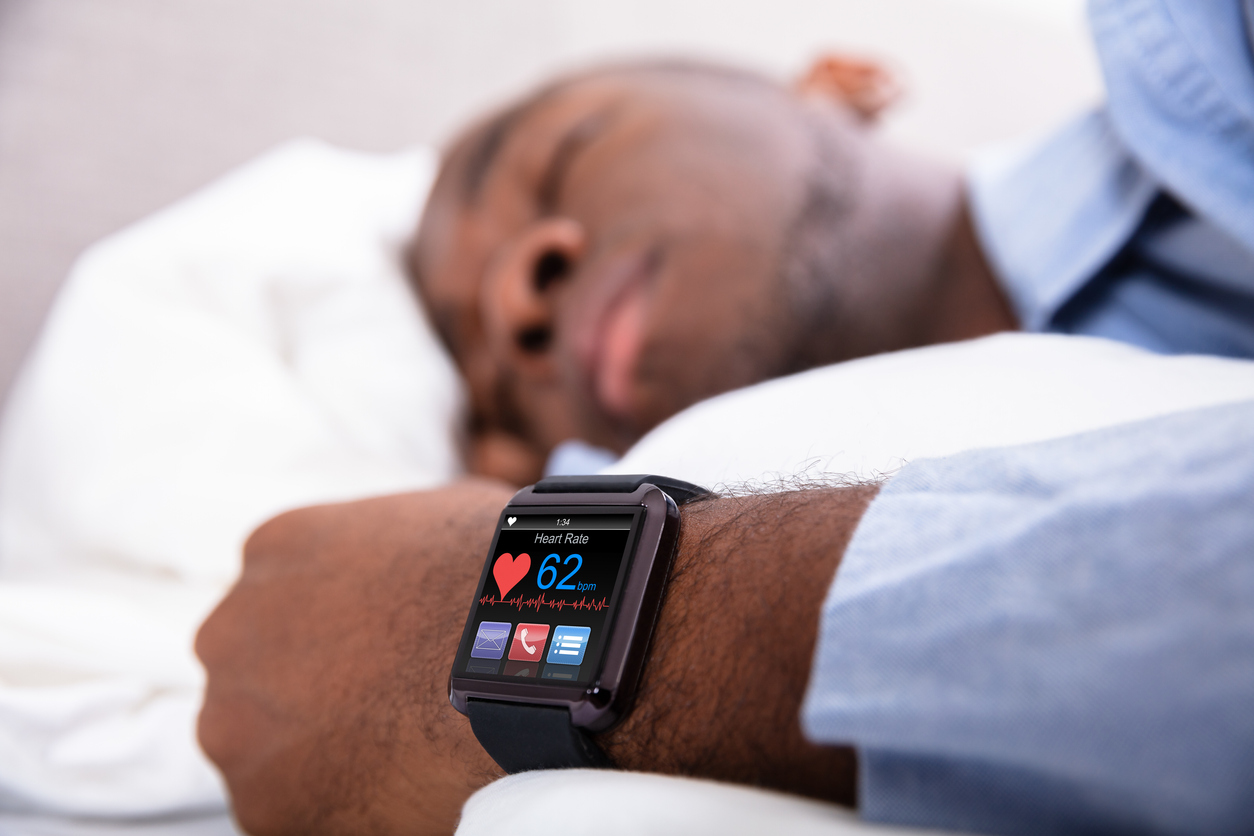
In an era where technology pervades every aspect of our lives, the pursuit of a good night’s sleep has embraced innovation like never before. Sleep tech, a fusion of cutting-edge technology and bedroom essentials, promises to redefine the way we approach bedtime. As bed and mattress retailers spearhead this revolution, they offer a plethora of solutions, including wearable sleep tech. In this blog, we will explore the pros and cons of integrating wearable sleep tech into your nightly routine, shedding light on how these devices can either be a boon or a potential bane for your sleep quality.
Pros:
- Real-Time Sleep Monitoring: Wearable sleep tech, such as smartwatches and fitness trackers, provides real-time monitoring of your sleep patterns. This constant feedback allows users to gain immediate insights into their sleep quality, helping them make timely adjustments to improve their overall sleep hygiene.
- Portability and Convenience: The beauty of wearable sleep tech lies in its portability. Unlike fixed sleep monitoring solutions, wearables allow users to carry their sleep tracker wherever they go. This portability is especially advantageous for individuals who travel frequently or those who wish to maintain a consistent sleep routine outside their home environment.
- Comprehensive Health Tracking: Many wearable devices offer holistic health tracking, integrating sleep data with other vital metrics like heart rate, physical activity, and stress levels. This comprehensive approach enables users to correlate various aspects of their lifestyle, empowering them to make informed decisions that positively impact their overall well-being.
- Smart Alarms and Sleep Coaching: Some wearable sleep tech comes equipped with smart alarms that aim to wake users up during their light sleep phases, minimizing the grogginess associated with abrupt awakenings. Additionally, integrated sleep coaching features provide personalized tips and recommendations based on individual sleep patterns, guiding users towards healthier sleep practices.
Cons:
- Comfort and Wearability: While wearables are designed for comfort, some users may find them intrusive or uncomfortable to wear during sleep. The sensation of having a device strapped to the wrist can disrupt the natural sleep experience, potentially hindering relaxation and sleep onset for certain individuals.
- Limited Accuracy: Despite advancements in technology, the accuracy of sleep tracking on wearables may vary. Factors such as device positioning, individual sleep movements, and the ability to differentiate sleep stages can impact the precision of sleep data. Users should be aware that wearable sleep tech provides estimates rather than clinical-grade measurements.
- Dependency and Anxiety: Constant monitoring of sleep metrics may lead to dependency and heightened anxiety about sleep quality. Individuals who are predisposed to stress or sleep-related anxiety may find that wearable sleep tech exacerbates their concerns, creating a counterproductive cycle that interferes with achieving restful sleep.
- Battery Life and Charging: Wearable devices require regular charging, and users may find themselves in a dilemma between charging their device and wearing it to bed. This challenge can disrupt the consistent use of wearable sleep tech, potentially compromising the continuity of sleep data collection.
Conclusion:
Wearable sleep tech is undeniably a game-changer in the quest for enhanced sleep quality. However, users must carefully weigh the advantages and disadvantages before embracing these devices. Bed and mattress retailers, as the purveyors of sleep solutions, play a pivotal role in guiding consumers through this decision-making process. By acknowledging the potential pros and cons of wearable sleep tech, individuals can harness the benefits of technology without sacrificing the fundamental principles of a restful night’s sleep. As the sleep tech revolution unfolds, finding the right balance between innovation and comfort is key to unlocking the full potential of a tech-enhanced sleep experience.